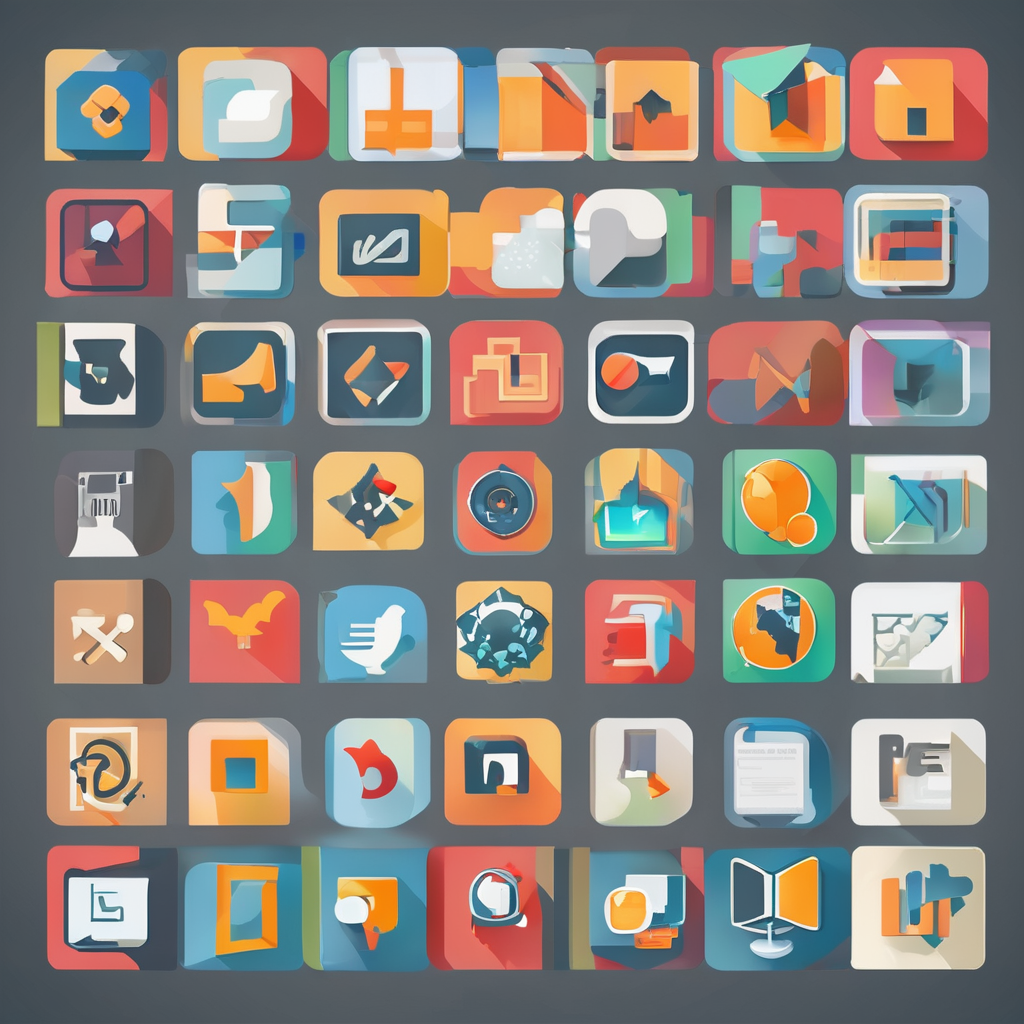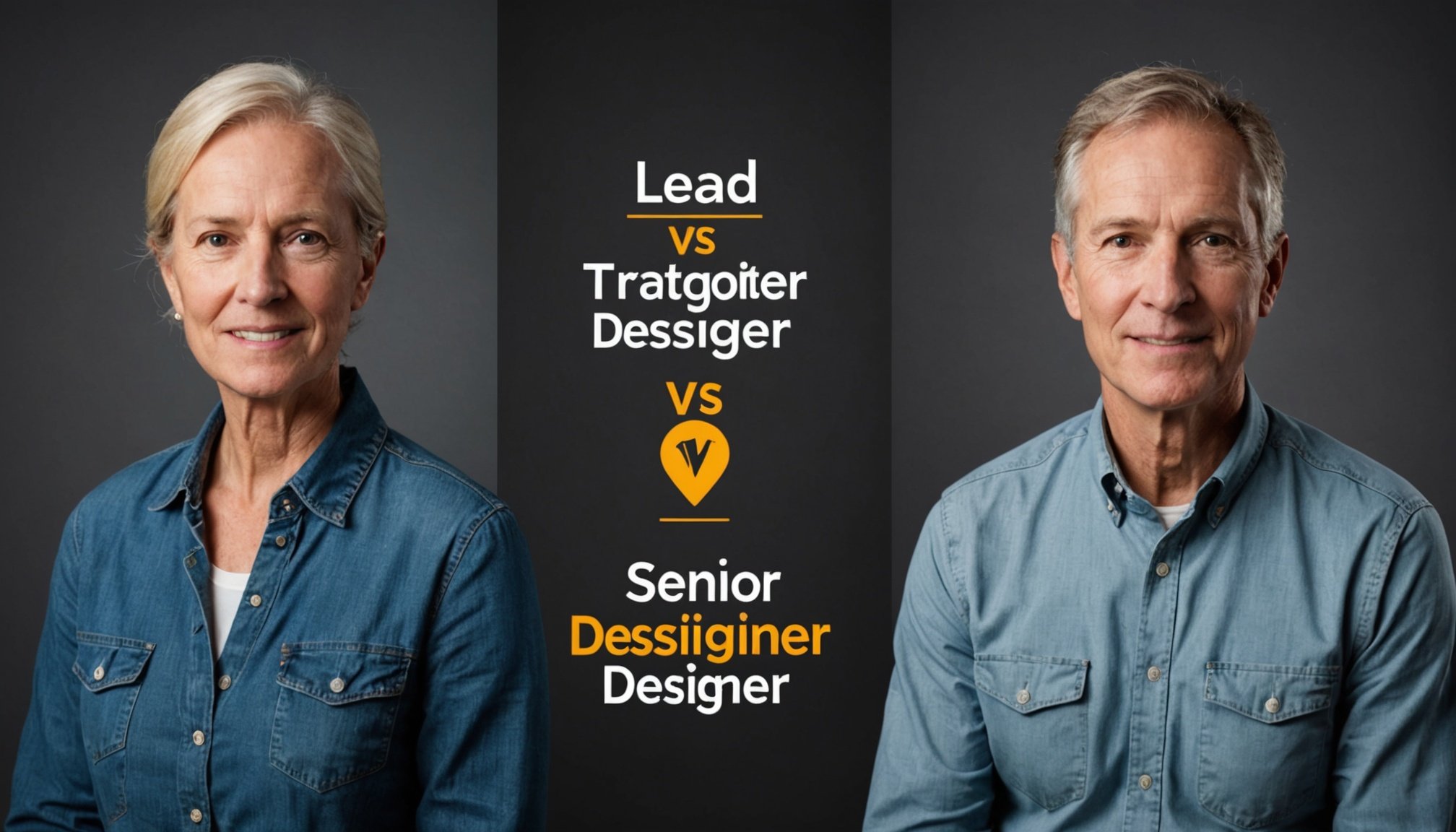Understanding the differences between a lead designer and a senior designer is vital for anyone navigating a career in design. While both roles contribute significantly to creative projects, their responsibilities and skill sets differ markedly. This exploration highlights the nuances of each position, from leadership styles to project management, helping you make informed decisions whether you’re hiring talent or paving your own career path.
Understanding the Roles of Lead and Senior Designers
The roles of a lead designer and a senior designer serve distinct yet complementary purposes within a design team. While both positions require extensive experience, they differ primarily in their responsibilities and influence over projects. The lead designer acts as a bridge between the design team and other stakeholders, handling team management and ensuring that projects align with strategic goals. This role involves decision-making authority and leadership skills, often contributing to shaping company culture and project success. Realistack offers insights into managing the dynamics between these roles effectively.
Also to see : Masterclass: Seamlessly Connect Your On-Premises Network to AWS VPC with a Site-to-Site VPN Setup
In contrast, senior designers primarily focus on creative execution and mentoring junior team members. Their expertise in design ensures high-quality outcomes and they often play strategic roles in specific projects, fostering innovation and creativity within their domain. Understanding the hierarchy in design teams, senior designers emphasize skill development and problem-solving.
Both roles are crucial in maintaining the balance of creativity and structure. Lead designers guide the overall direction, while senior designers ensure flawless execution. As professionals progress in their careers, transitioning between these roles requires enhancing leadership capabilities and strategic thinking. This dynamic shift embodies the evolving landscape of design leadership and mentorship.
Also to see : Navigating clinical trials: ensuring data protection compliance
Skills and Experience Required for Designers
Core Competencies for Lead Designers
Lead designers are expected to spearhead various creative projects, requiring a blend of effective communication skills and technical prowess. A lead designer must excel in project management, guiding the team from conception to delivery while ensuring alignment with company goals. Their responsibilities include providing clear design directions, which makes decision-making crucial for maintaining project quality and timeliness. Additionally, they should be adept in providing mentorship, fostering an environment of growth for junior members.
Essential Skills for Senior Designers
For senior designers, deep expertise in branding and creative strategies is vital. They often contribute significantly to company strategy, requiring excellent collaboration skills to work closely with other team members, including lead designers. Senior designers must navigate design iterations, implementing feedback loops to polish end products. The role demands proficiency in client communications, as they frequently translate client needs into actionable design solutions.
Pathways for Professional Development and Skill Enhancement
Both lead and senior designers can benefit from continuous professional development. Workshops focusing on leadership, new design software, and emerging design trends can keep skills fresh and relevant. Engaging in networking opportunities helps to gain insights into industry advancements, fostering career growth and aligning with industry expectations.
Career Progression and Collaboration
Typical Career Pathways from Senior Roles to Lead Positions
Moving from a senior designer to a lead designer signifies a shift from technical expertise to leadership responsibilities. A senior designer excels in executing complex design projects and often guides junior team members. In contrast, a lead designer takes on management duties, directing design strategy and ensuring team alignment with company goals. This transition typically involves developing skills in project management and decision-making, preparing individuals to oversee larger teams and more strategic initiatives.
The Importance of Collaboration and Teamwork in Design
Collaboration lies at the core of successful design projects. Both lead and senior designers must foster a cooperative environment. The collaboration between lead and senior designers is vital, as they share insights and overlap in guiding project direction. This synergy enhances team dynamics, ensuring projects meet creative and strategic standards. Effective communication skills for lead designers enhance teamwork, aligning all members towards a common vision.
Mentorship Opportunities and Their Role in Development
Mentorship is crucial as senior designers advance in their careers. It involves nurturing talent within the team and providing guidance for developing skills necessary for career progression from senior to lead designer roles. Engaging in mentorship not only benefits junior members but also strengthens the leadership capabilities of senior designers, creating a cohesive and forward-thinking design team.
Influences on Design Leadership and Team Dynamics
The Role of Lead Designers in Decision-Making Processes
Lead designers play a pivotal role in the decision-making in design leadership. They serve as the bridge between creative vision and business objectives, aligning project goals with company strategies. This entails a balance between creativity in design roles and pragmatic choices, fostering environments where innovation thrives but is also actionable. The lead designer’s ability to synthesize creative ideas and strategic plans is crucial for pushing projects forward.
Effects of Leadership Styles on Design Teams
Different leadership styles among lead designers significantly impact team dynamics. A collaborative style encourages open communication and idea sharing within teams. Meanwhile, an authoritative approach might streamline decision-making but could stifle creativity. As such, how a lead designer manages their team directly influences the team’s creativity and productivity.
Balancing Creative Input with Management Responsibilities
Though maintaining the delicate balance between creative input and management responsibilities is challenging, it is essential for lead designers. Their dual role involves nurturing creativity among team members while also managing deadlines, budgets, and stakeholder expectations. This dynamic demands robust communication skills and an adaptable mindset, ensuring that both the creative and operational aspects of projects are harmoniously aligned.










